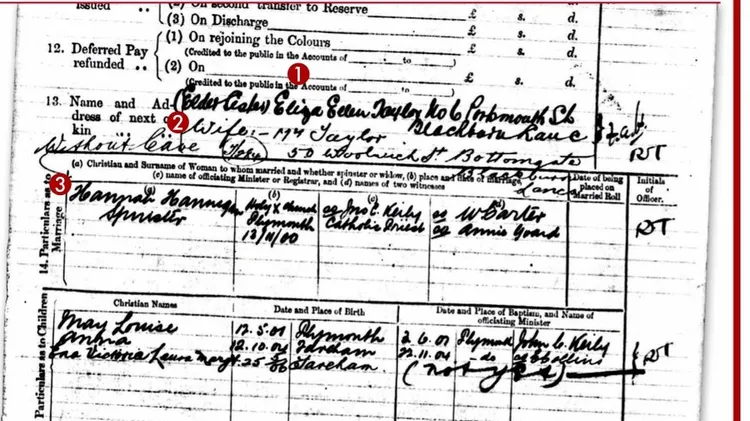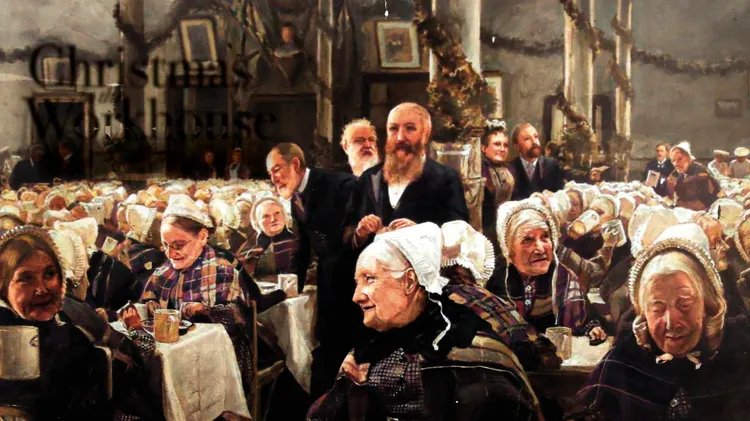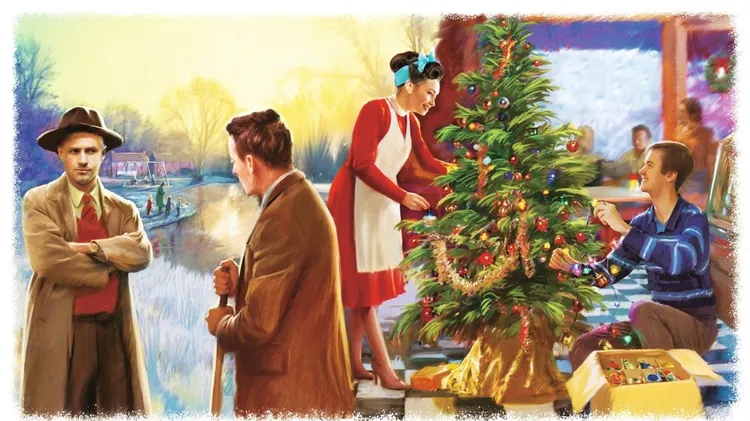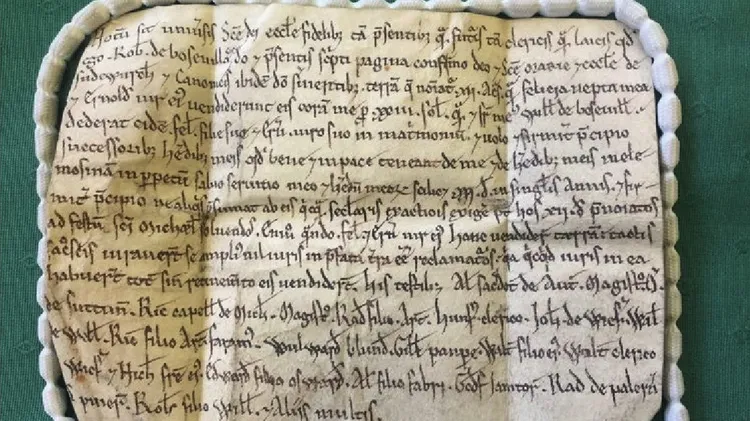Mary Jones is enthralled by the story of
‘my relation survived a victorian reform school’
6 min read
This article is from...
Read this article and 8000+ more magazines and newspapers on Readly






